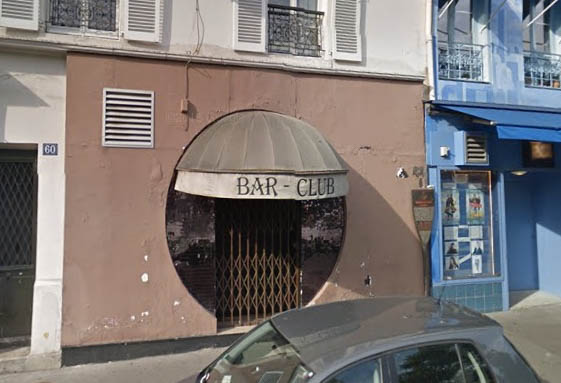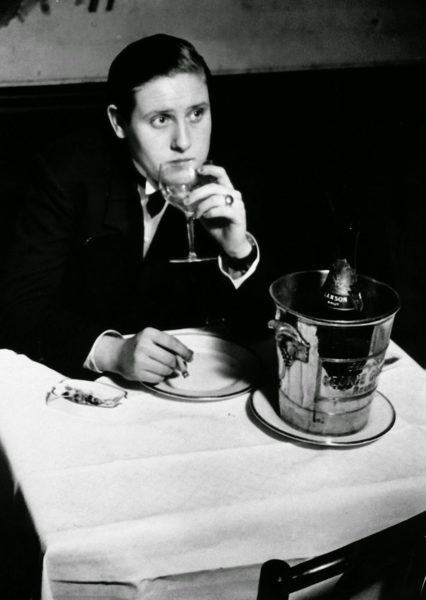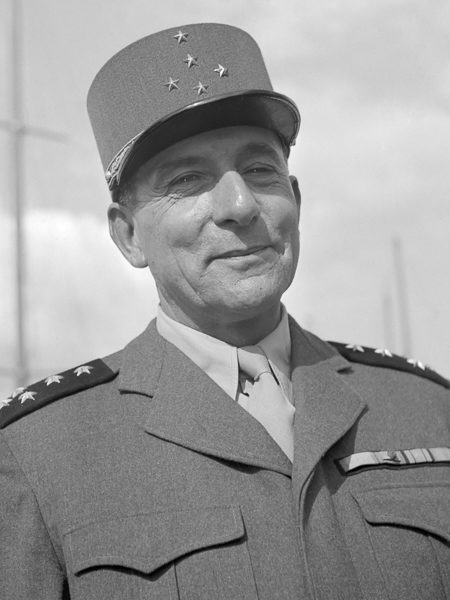
For those of you familiar with Paris, you know that the Left Bank is considered more cutting edge today than the Right Bank. If you lived in Paris during the 1920s and the 1930s, the avant-garde scene would have been on the Right Bank. In particular, the Montmartre and the Pigalle districts (18e) were heavily populated with artists, bohemians, and a strong gay community. However, the Left Bank was home to the first and most popular lesbian nightclub in Paris. Located at 60, Boulevard Edgar Quinet in the Montparnasse (14e) district, Le Monocle opened its doors in the 1920s. Our story today isn’t so much about the nightclub as it is one of its most infamous patrons.
Lulu and Tuxedos

The first owner of Le Monocle was Lulu. She set the style of dress for the club over the next twenty years. Lulu’s club attracted women who liked to dress up in tuxedos (and men’s suits), cut their hair short, and for added effect, wear monocles (ergo, the name of the club). In fact, women would wear a monocle in public to announce their sexual orientation.
The nightclub was shut down in 1940 after the Germans invaded France. Gay men and women were targeted by the Nazis for detention, deportation, and ultimately, elimination. The building where the club was located is still in existence. You enter through the original entrance which is shaped in a circle–it was meant to imitate a monocle. I’m not too sure what is behind the doors, as the exterior needs a lot of paint. But the awning still advertises a bar and café. I think it’s still called Le Monocle but Sandy and I will stop by on our next trip to Paris and see what happens. Read More A Pre-War Paris Lesbian Nightclub


